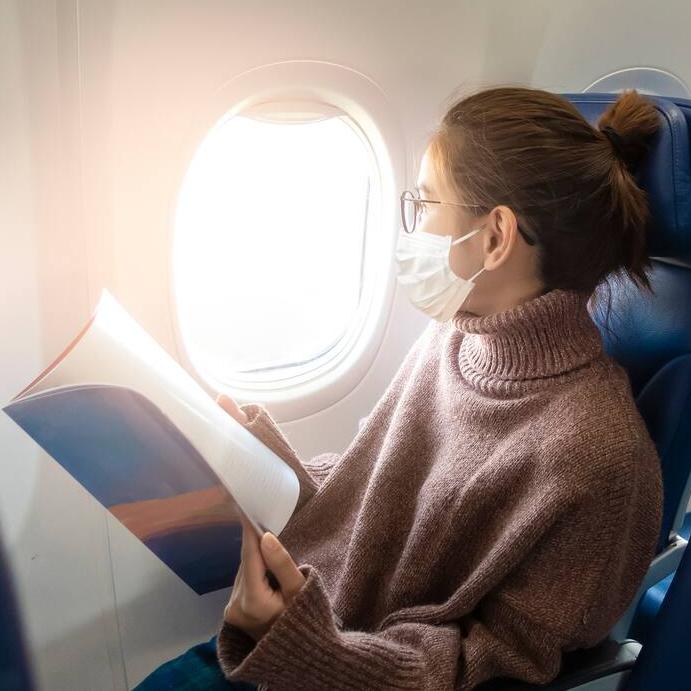Duty of Care
What Happens Next With Travel? And What Happens After That?
They always said that change is constant and, no matter who “they” are, they sure weren’t kidding. It’s almost too constant these days; companies are adjusting (or trying to adjust) to changing requirements and regulations, then changing again when new rules get written. And when it comes to business travel, it seems that literally everything is up in the air – except, of course, for travelers.
So how do you prepare for the day you send people back out on the road again – how do you even anticipate the changes they’ll face?
Wakefield Research has a few ideas outlined in its latest whitepaper, based on a survey of 800 traveler managers across eight markets. And while some changes, like wearing facemasks, are relatively simple, others require significant adjustment to how you, as a travel manager, will get things done. Here’s the long and short of it:
Near-term changes travel managers can expect:
- Mandatory personal health screenings.
- Mandatory travel-safety trainings.
- Pre-trip approval for business travel.
- Options to avoid travel, such as teleconferencing.
- Restricting travel to at-risk regions.
- Limiting travel to business-essential only.
Long-term changes on the horizon:
- Greater ability to rebook or change plans quickly.
- Tighter monitoring of individual itineraries.
- Real-time updates on potential travel risks.
- New duty of care policies.
- Easier access to PPE, like gloves or masks.
The short story here is that travel managers and the companies they work for need to have systems in place to adapt to these it-changed-yesterday-it’s-going-to-change-again-tomorrow demands. How travel managers operated before isn’t going to do it anymore. The status quo is literally out the door, as Wakefield points out clearly: 96% of companies weren’t fully prepared to manage travel in the wake of COVID.
What doesn’t change is your commitment to doing your duty of care. You might just need different tools – and they’re out there. Solutions available today will allow your company and your travelers to adjust to both long- and short-term travel changes. They’ll give you the flexibility to meet both the safety concerns of your employees and the financial concerns of your employer. They’ll show you how to connect, communicate with, and if necessary, extract travelers from an emergency – and at the same time show your finance team every digit of travel spend.
Wakefield highlights such solutions at the end of its report, giving you a way to handle the ins and outs of daily travel management and to be resilient in the face of whatever crisis comes next.

